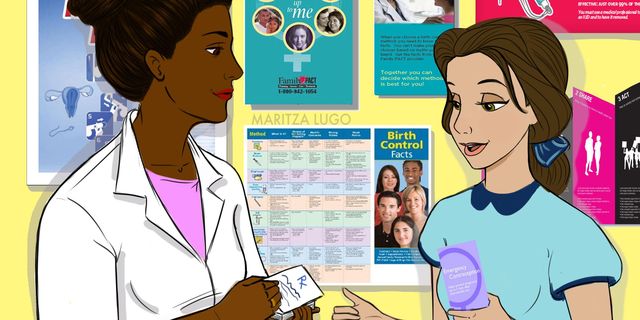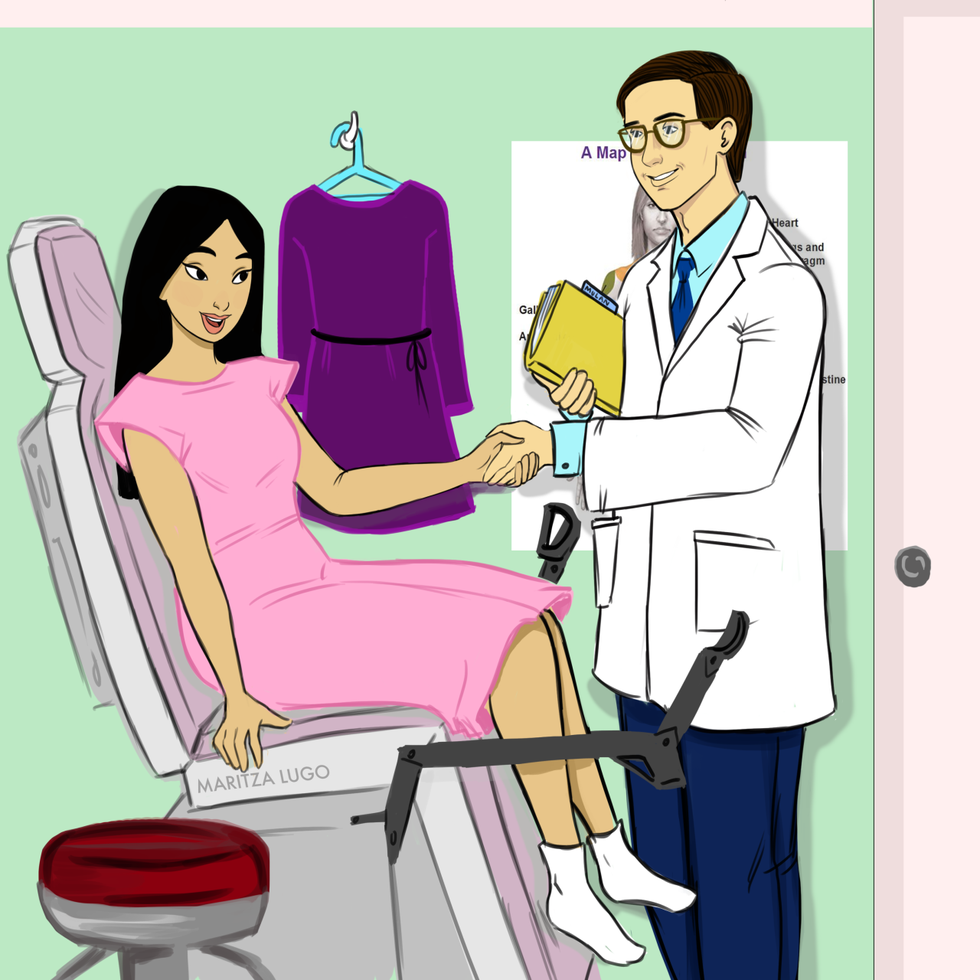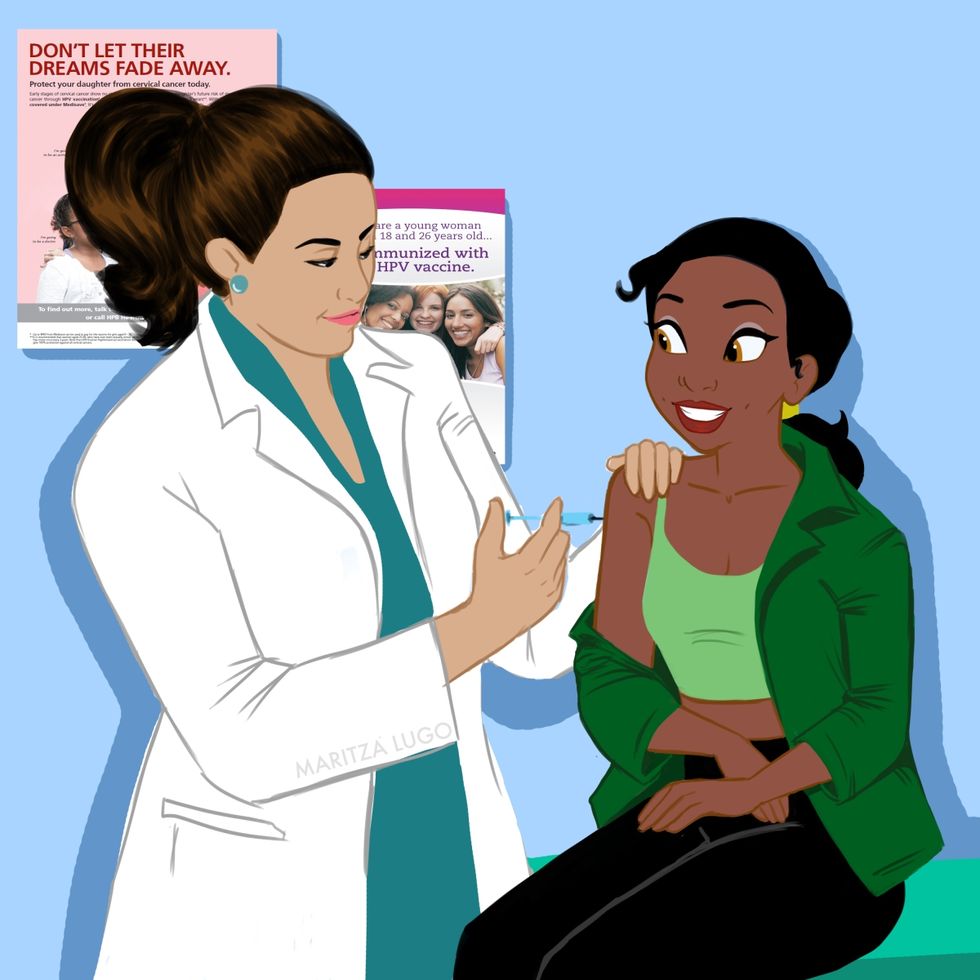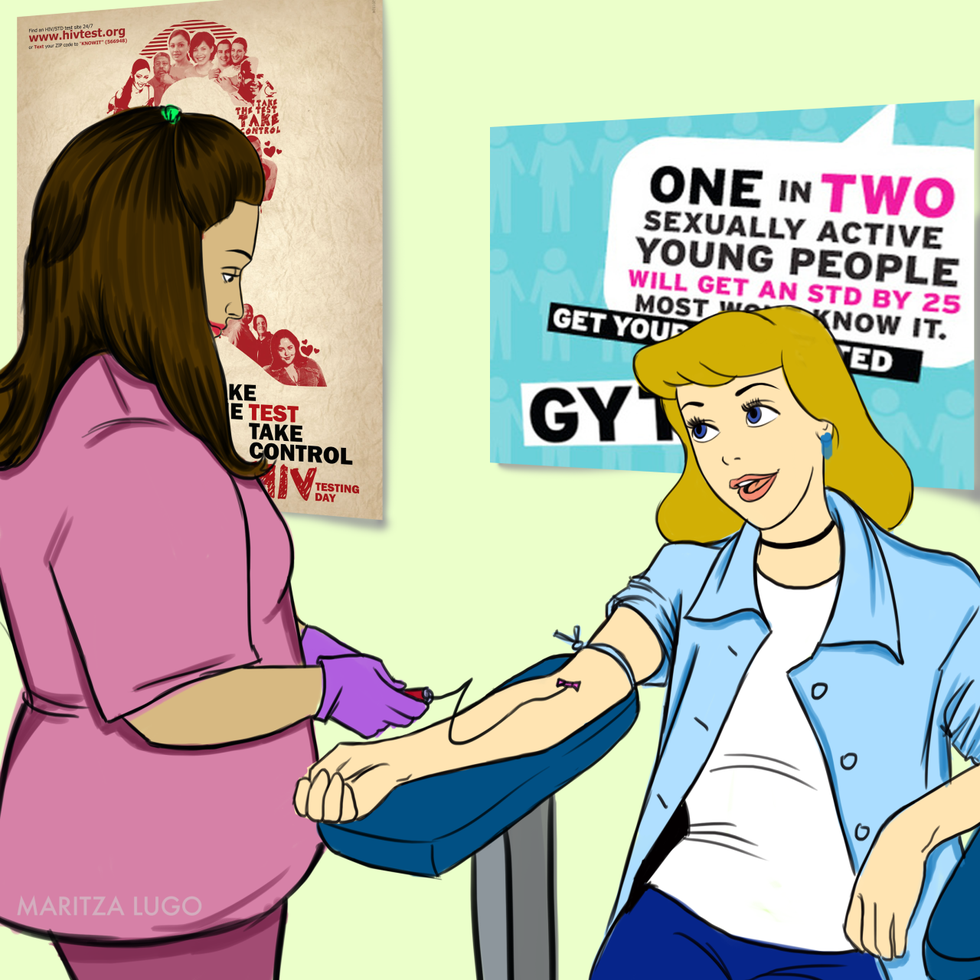Everything You Need to Know About Gyno Screenings
If you're not sure when or how often you're supposed to get screened for cervical cancer, breast cancer, HPV, and more, read on.
Not sure when you're supposed to start going in for mammograms? Pretty sure you heard that pelvic exams aren't necessary anymore? Just generally confused about all things gynecological? You're not alone.
With all the changes in screening recommendations this past year, we realized we had no idea when and how often we were supposed to be screened for various conditions, including cervical and breast cancer. Which is, you know, kind of important.
So we asked Cherrell L. Triplett, MD, an obstetrician-gynecologist who practices at Southside OBGYN and Franciscan Alliance in Indianapolis, Indiana, to give us the lowdown on the four primary gynecological screening tests that are recommended for most adult women.
And we know no one likes thinking about trips to the OB/GYN. (No offense, docs!) Luckily artist Maritza Lugo makes going to the gyno a whole lot more fun with the help of some of our favorite Disney princesses.

Watch Next


This Is How Many Calories You Burn From Walking

This Is How Much Sugar You Can Eat Per Day

20 Motivational Quotes for Reaching Your Goals

The Healthiest Way to Make Pho












